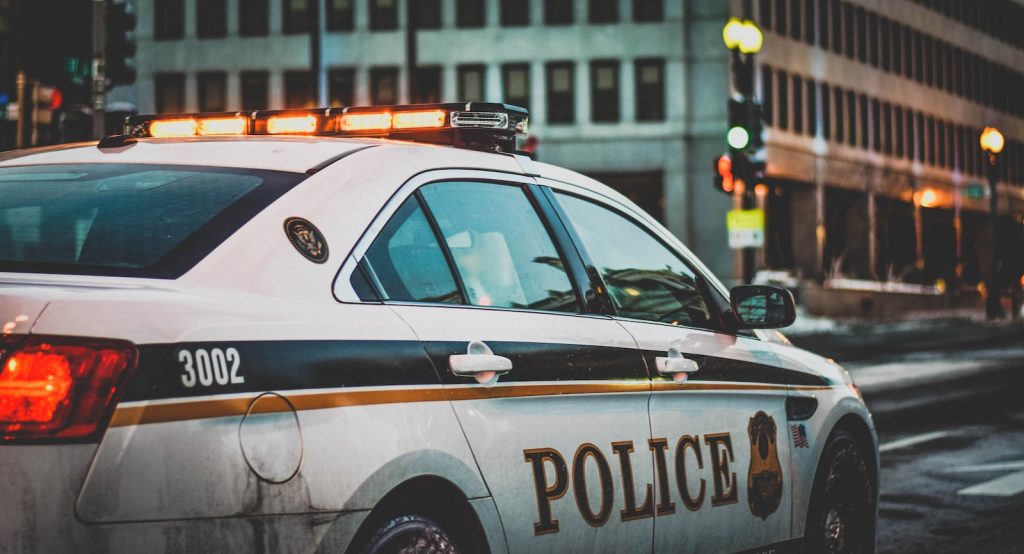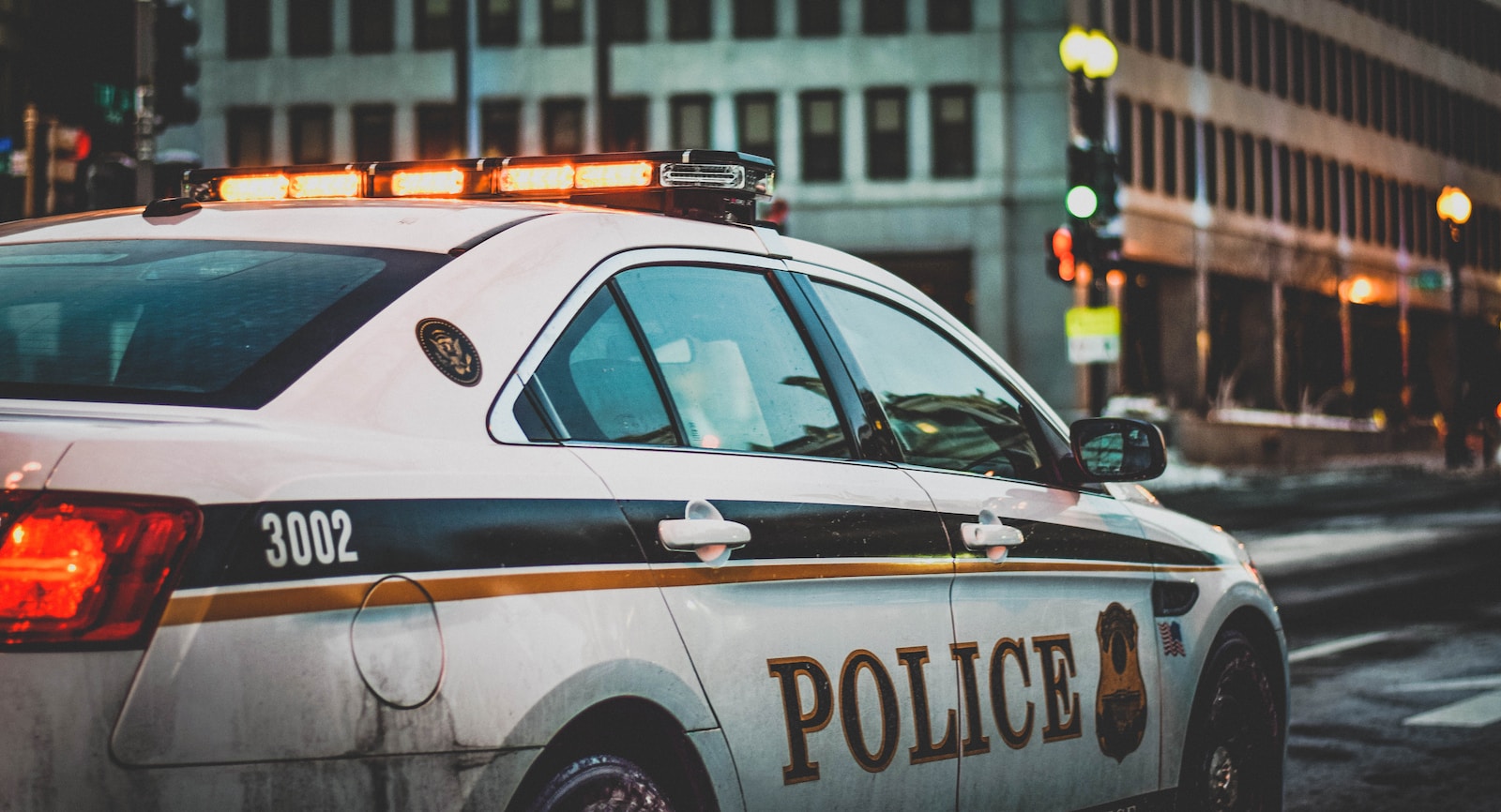Table of Contents
Baltimore Shooting July 2023

Baltimore Shooting
Baltimore, Maryland, holds a unique position in the United States, with a rich history and cultural heritage. However, it is also renowned for its challenges related to crime and violence, particularly in recent decades. To understand the complexities of Baltimore’s crime history, it is essential to delve into the contributing factors, the impact on communities, and the efforts made towards improving public safety.
Historical Context and Crime Trends:
Baltimore’s crime issues are not isolated incidents but have deep-rooted historical factors. The city’s industrial past, marked by thriving ports and steel mills, has also contributed to economic disparities and social challenges. As deindustrialization took its toll, job opportunities dwindled, and poverty rates rose, creating an environment conducive to criminal activities.
Over the years, Baltimore has faced persistent challenges with violent crime, most notably homicides. The city consistently ranked among the highest in per capita murder rates in the United States. In 2020, it recorded 335 homicides, a staggering number for a city of its size. This alarming trend has shaken communities and raised concerns over public safety.
The Role of Gun Violence:
One of the primary factors driving Baltimore’s crime problem is gun violence. The widespread availability of illegal firearms has fueled violence and perpetuated a cycle of retaliation. Shootings, both fatal and non-fatal, have traumatized neighborhoods and left families devastated. Reducing access to illegal firearms and implementing gun safety measures have become crucial objectives in the fight against crime.
Drugs and Crime Nexus:
Drug-related activities have also played a significant role in Baltimore’s crime landscape. The city has struggled with drug trafficking, especially involving substances like heroin, cocaine, and prescription opioids. Drug trade has not only perpetuated addiction but has also led to turf wars and violence among rival gangs vying for control over lucrative markets.
Impact on Communities:
The prevalence of crime and violence has taken a severe toll on Baltimore’s communities. Neighborhoods with high crime rates often experience a sense of fear and hopelessness, leading to social isolation and decreased economic opportunities. Crime’s adverse effects are most acutely felt in vulnerable populations, including children growing up in unsafe environments and individuals struggling with poverty.
Efforts Towards Public Safety:
Addressing Baltimore’s crime history requires a multifaceted approach, combining law enforcement efforts, community engagement, and targeted interventions.
- Community Policing and Engagement:
- The Baltimore Police Department (BPD) has made efforts to strengthen community policing practices. Officers aim to build trust and positive relationships with residents, fostering collaboration in tackling crime at its roots.
- Community leaders and organizations play a vital role in promoting positive interactions between law enforcement and communities. Through open dialogues and partnerships, they seek to bridge gaps and improve communication.
- Targeted Initiatives:
- Several targeted initiatives focus on preventing crime and providing support to at-risk youth. Youth mentoring programs, after-school activities, and educational resources offer positive alternatives to engaging in criminal activities.
- Intervention programs for individuals involved in the justice system aim to break the cycle of violence and reintegrate them into society through counseling, job training, and rehabilitation.
- Collaboration and Partnerships:
- Collaborative efforts involving local, state, and federal agencies have been instrumental in combating crime in Baltimore. Task forces, such as the Gun Trace Task Force and the Safe Streets initiative, have focused on disrupting criminal networks and reducing gun violence.
- Nonprofit organizations and community-based groups have also joined forces to provide resources, support, and mentorship to individuals impacted by crime. Their initiatives aim to uplift communities and empower residents to reclaim their neighborhoods.
- Data-Driven Approaches:
- Utilizing data and technology has become increasingly important in crime prevention strategies. Analyzing crime patterns and trends helps law enforcement agencies allocate resources effectively and deploy targeted interventions in areas most affected by crime.
- Predictive policing models and real-time data analysis enable law enforcement to proactively address emerging crime hotspots and prevent incidents before they occur.
- Investing in Community Development:
- Investing in community development initiatives, such as affordable housing, job creation, and quality education, is crucial for breaking the cycle of crime. By providing opportunities and addressing socioeconomic disparities, communities become more resilient and less susceptible to criminal activities.
Conclusion:
Understanding Baltimore’s crime history requires acknowledging the historical context, recognizing the impact on communities, and appreciating the efforts made towards public safety. While the challenges are significant, initiatives aimed at community engagement, targeted interventions, collaboration, and data-driven approaches are key to creating a safer and more prosperous Baltimore. By addressing the underlying causes of crime, fostering trust between residents and law enforcement, and promoting community empowerment, Baltimore can work towards a future where every resident feels safe and has the opportunity to thrive.
More About Baltimore | Baltimore Shooting | Honkai Star Rail


Be First to Comment